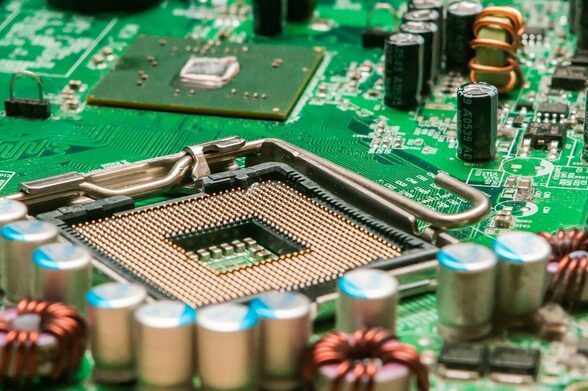In electronic design, the layout and routing of Analog-to-Digital Converters (ADC) and Digital-to-Analog Converters (DAC) are key factors affecting system performance. Proper routing can not only improve signal quality and reduce noise interference but also optimize the overall performance of the system.

1. Pre-define Routing Areas
2. Separate Analog and Digital Signals
3. Optimize the Routing of ADC and DAC
① ADC Input Routing: The input signal lines of the ADC should be as short and direct as possible to reduce signal attenuation and noise interference. For differential ADCs, the input lines should be of equal length and parallel to ensure signal symmetry. Additionally, appropriate filtering capacitors should be added at the ADC input to filter out high-frequency noise.
② ADC Reference Voltage Routing: The reference voltage line of the ADC should be as short and directly connected to the reference voltage source as possible to ensure the stability and accuracy of the reference voltage. Moreover, decoupling capacitors should be placed between the reference voltage source and the ADC to reduce the impact of power supply noise on the reference voltage.
③ DAC Output Routing: The output signal lines of the DAC should also be as short and direct as possible to reduce signal attenuation and noise interference. For analog outputs, shielded or twisted pair cables should be used, ensuring isolation between the output line and the analog ground.
4. Use Wide Lines and Radial Routing
5. Avoid Sharp Angles and Instructions
6. Reasonably Prevent Decoupling Capacitors
7. Utilize Multi-layer PCB Design
This article is an original piece by Fan Yi Education. Please indicate the source when reprinting!